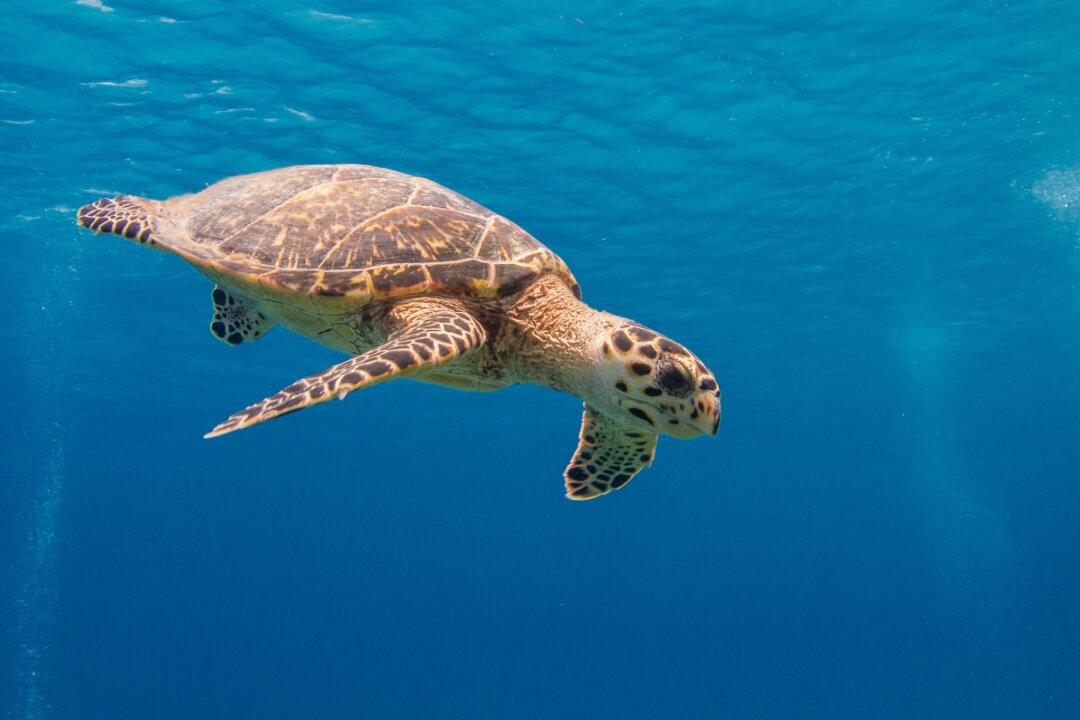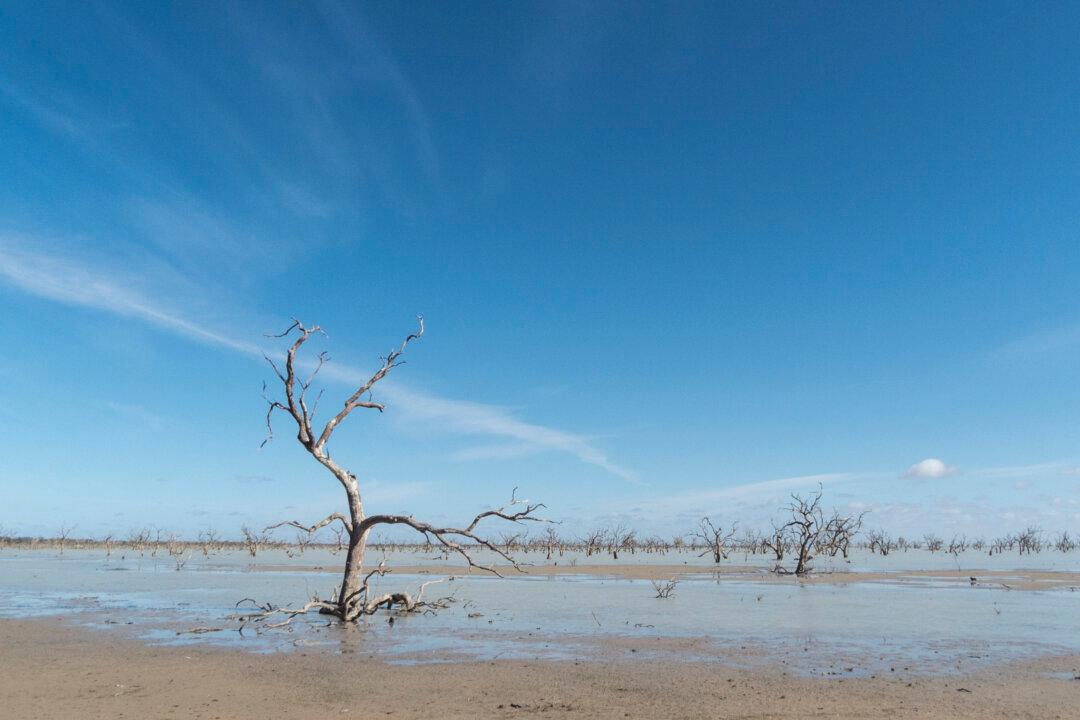Radiocarbon dating of atomic bomb fallout found in the shells of sea turtles is a reliable way to estimate the age, growth rate, and reproductive maturity of sea turtles in the wild, a new study shows.
The technique provides more accurate estimates than methods currently being used and may shed new light on factors influencing the decline and lack of recovery of some endangered sea turtles populations, researchers say.
“The most basic questions of sea turtle life history are also the most elusive,” says Kyle Van Houtan, adjunct associate professor at Duke University’s Nicholas School of the Environment and a fisheries research ecologist at the National Oceanic and Atmospheric Association’s Pacific Islands Fisheries Science Center.
As reported in the journal Proceedings of Royal Society B, researchers analyzed hard tissue from the shells of 36 deceased hawksbill sea turtles collected since the 1950s. The turtles either died naturally or were harvested for their decorative shells as part of the global tortoiseshell trade. The researchers worked with federal agencies, law enforcement, and museum archives to obtain the specimens.
The scientists were able to estimate each turtle’s approximate age by comparing the bomb-testing radiocarbon accumulated in its shell to background rates of bomb-testing radiocarbon deposited in Hawaii’s corals. Levels of carbon-14 increased rapidly in the biosphere from the mid-1950s to about 1970 as a result of Cold War-era nuclear tests but have dropped at predictable rates since then, allowing scientists to determine the age of an organism based on its carbon-14 content.
The researchers were able to estimate median growth rates and ages of sexual maturity in the collected specimens by comparing their radiocarbon measurements to those of other wild and captive hawksbill populations whose growth rates were known.
This is the first time carbon-14 dating of shell tissue has been used to estimate age, growth, and maturity in sea turtles. Previously, scientists employed other, less precise methods such as using turtle length as a proxy for age, or analyzing the incomplete growth layers in hollow bone tissue.
Aside from giving scientists a more reliable tool for estimating turtle growth and maturity, the new technique may shed light on why some populations—including Hawaiian hawksbills, the smallest sea turtle population on Earth—aren’t rebounding as quickly as expected despite years of concerted conservation.

